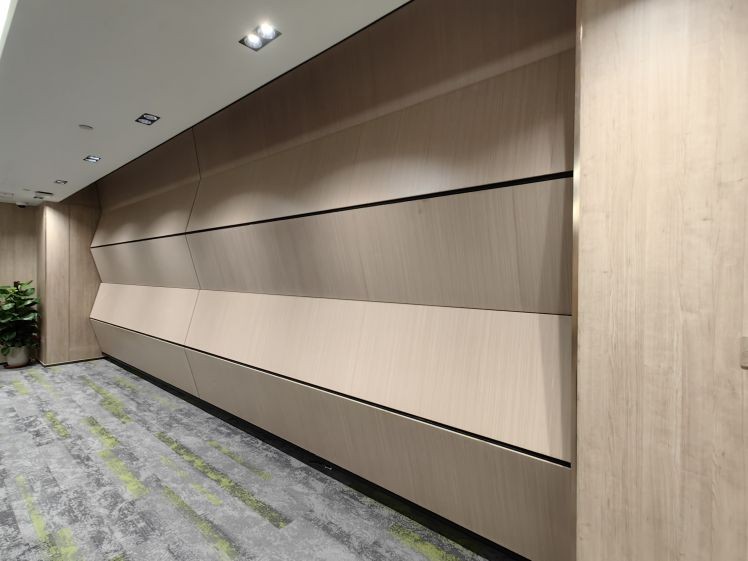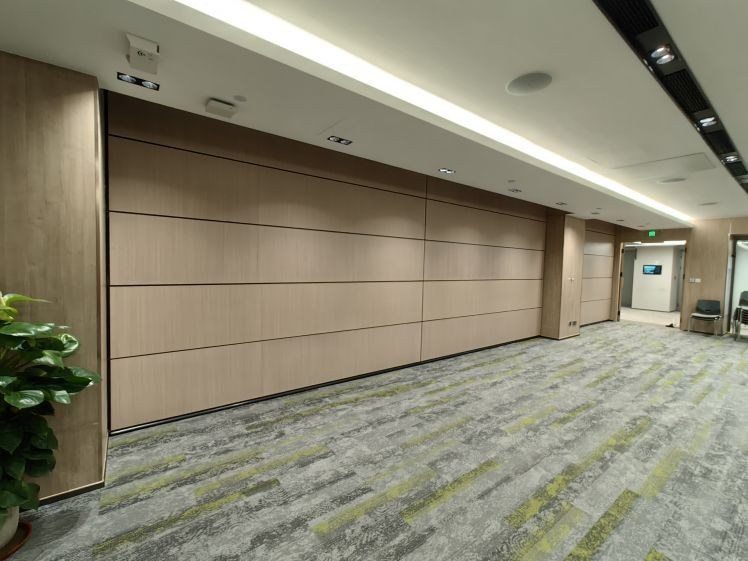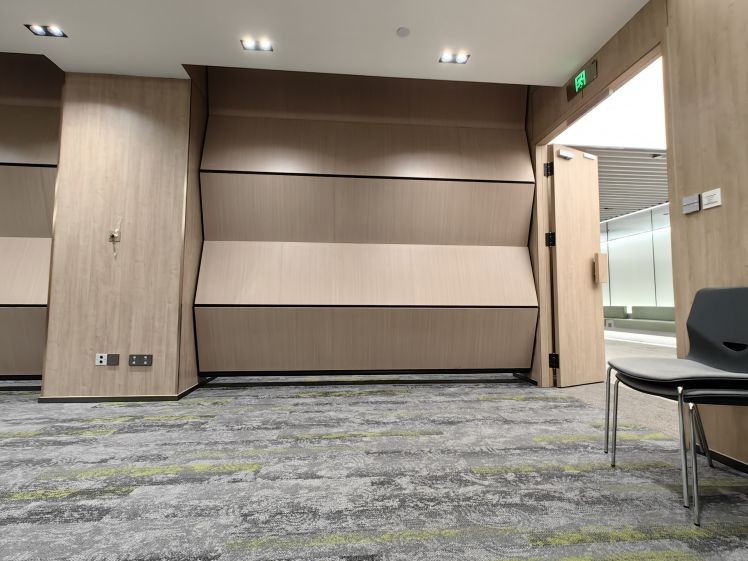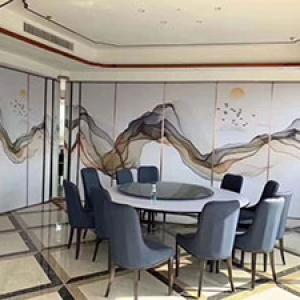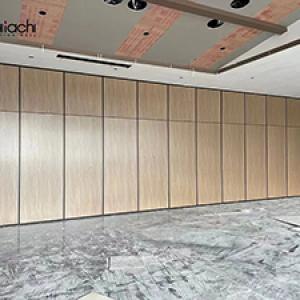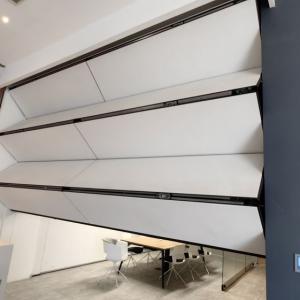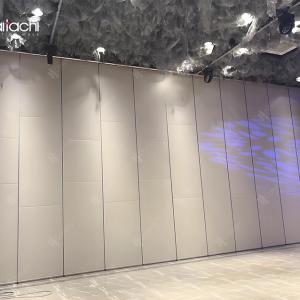Description
Design and Structure: Rolling walls are often constructed using lightweight yet sturdy materials such as aluminum frames with panels made from materials like glass, wood, metal, or composite materials. The frames are designed to support the weight of the panels and allow smooth movement along a track system.
Track System: The walls are mounted on a track system installed either overhead (typically for suspended or ceiling-mounted walls) or on the floor (for floor-mounted walls). The tracks allow the walls to slide horizontally, enabling easy opening or closing of the partition.
Operation: Depending on the design, rolling walls can be manually operated, where users physically push or pull the panels along the track, or they can be automated with motorized systems that allow for remote control or push-button operation.
Flexibility: One of the primary advantages of rolling walls is their ability to create flexible spaces. They can divide a large room into smaller rooms or open up smaller rooms into a larger space, adapting to different needs and activities throughout the day.
Sound Insulation and Visual Privacy: Depending on the materials used for the panels, rolling walls can offer varying degrees of sound insulation and visual privacy. Options range from fully transparent glass panels to solid panels that provide complete privacy.
Applications: Rolling walls are commonly used in commercial spaces such as offices, conference rooms, hotels, and educational institutions. They can also be found in residential settings where homeowners desire flexibility in room usage.

